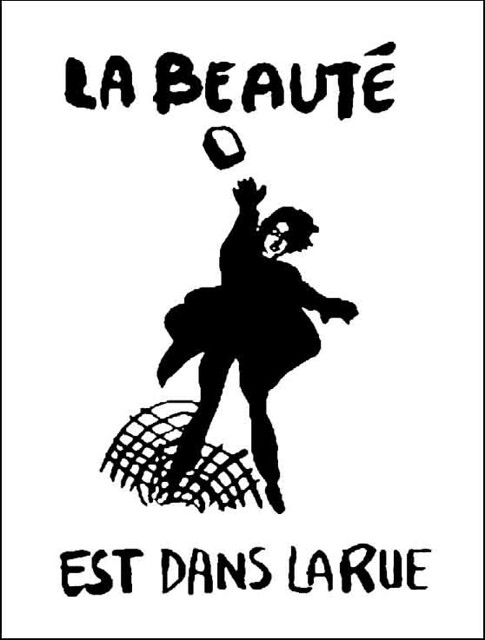Deep Flaws, and Little Justice, in China's Court System (JOSEPH KAHN; Forced confessions remain endemic in a judicial system that faces pressure to maintain "social stability" at all costs. September 21, 2005).
Dispute Leaves U.S. Executive in Chinese Legal Netherworld (JOSEPH KAHN; In China, where the legal system rarely backs investors or ordinary citizens against the state, an entrepreneur has become a pawn in a commercial dispute. November 1, 2005).
Desperate Search for Justice: One Man vs. China (JIM YARDLEY; A father's quest to free his son poses a question about China: Is it possible for a criminal defendant to get a fair trial? November 12, 2005).
A Judge Tests China's Courts, Making History (JIM YARDLEY; A ruling on a mundane case about seed prices opened a debate on judicial autonomy in China's political system. November 28, 2005).
Legal Gadfly Bites Hard, and Beijing Slaps Him (JOSEPH KAHN; Gao Zhisheng has become the most prominent in a string of outspoken lawyers facing persecution. December 13, 2005).
Seeking a Public Voice on China's 'Angry River' (JIM YARDLEY; A proposal for a dam project is now unexpectedly presenting the Chinese government with a quandary of its own making: will it abide by its own laws? December 26, 2005).
When Chinese Sue the State, Cases Are Often Smothered (JOSEPH KAHN; Courts often refuse to issue any verdict at all - or even acknowledge that some legal complaints exist. December 28, 2005).
In Worker's Death, View of China's Harsh Justice (JIM YARDLEY; There is widespread suspicion, even within the government, that too many innocent people are sentenced to death. December 31, 2005).
Rivals on Legal Tightrope Seek to Expand Freedoms in China (JOSEPH KAHN; Two advocates of the rule of law differ on whether to work within the system or to seek an end to Communist rule. February 25, 2007).





 Reply With Quote
Reply With Quote






Bookmarks